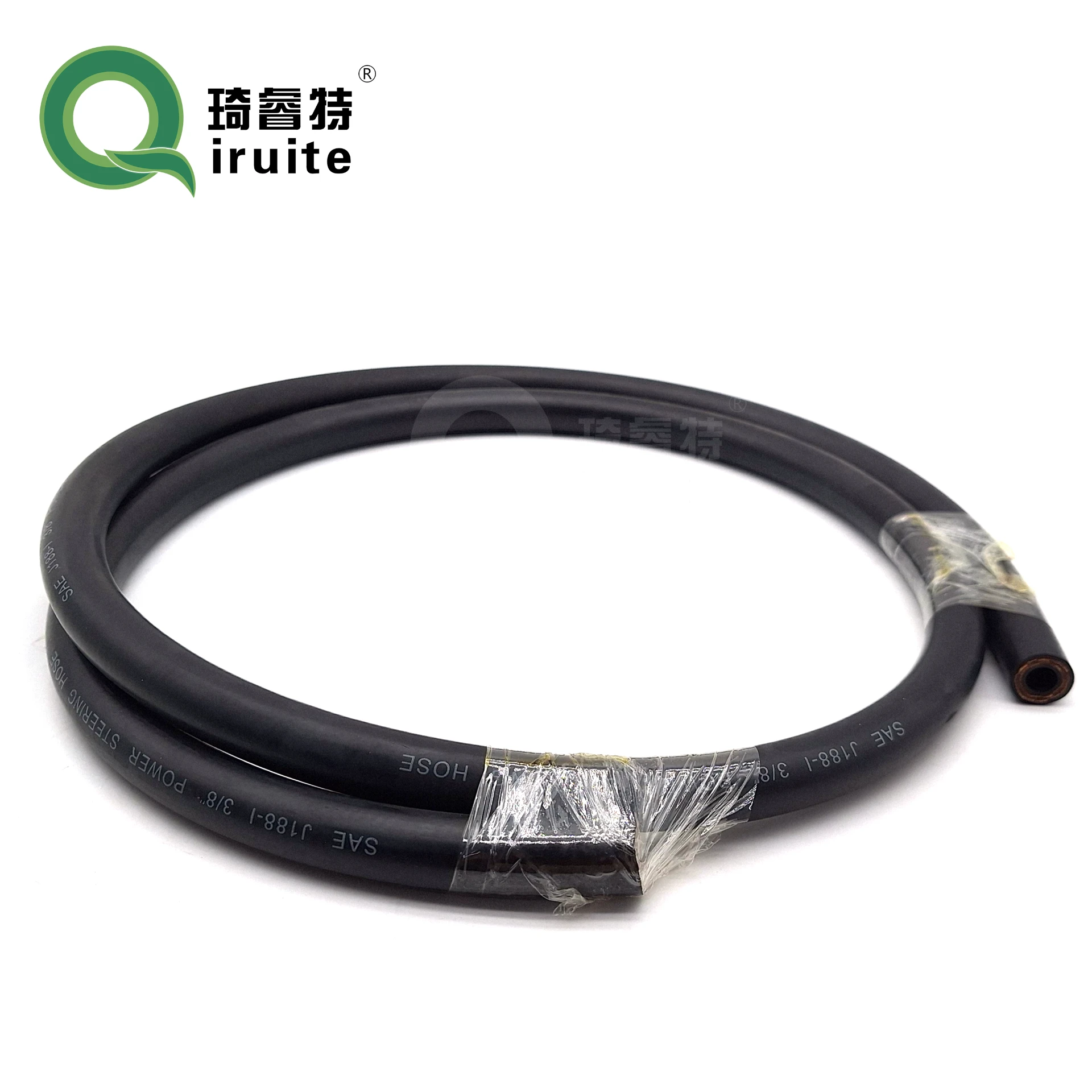Understanding Pressure Hose Functionality in Power Steering Systems for Optimal Vehicle Performance
Understanding Pressure Hoses in Power Steering Systems
Power steering systems are an essential component of modern automobiles, allowing drivers to maneuver their vehicles with minimal effort. One of the key components that facilitate this ease of operation is the pressure hose, a critical element in hydraulic power steering systems. In this article, we will delve into the importance, workings, and maintenance of pressure hoses in power steering systems.
What is a Pressure Hose?
A pressure hose is a flexible tube designed to convey hydraulic fluid under high pressure from the power steering pump to the steering gear. This pressurized fluid assists in steering by providing the necessary force to turn the wheels. The pressure hose is typically made from rubber reinforced with layers of synthetic materials to enhance durability and resistance to wear and mechanical stress.
How Does it Work?
The power steering system functions through a hydraulic mechanism. When the driver turns the steering wheel, the power steering pump generates hydraulic pressure. This pressure is transmitted through the pressure hose to the steering gear, which engages the steering mechanism. The hydraulic fluid aids in moving the gears, making it easier for the driver to turn the vehicle.
The efficiency of this system heavily relies on the integrity of the pressure hose. Any leaks or damage to the hose can result in a drop in hydraulic pressure, leading to reduced steering responsiveness. Typically, the pressure in these hoses can reach anywhere from 800 to 1,500 psi, depending on the vehicle's design and requirements.
Signs of Pressure Hose Issues
Like any other component of a vehicle, pressure hoses can experience wear and tear over time. Here are some signs that your pressure hose may be failing
1. Fluid Leaks One of the most direct indicators of a pressure hose problem is the presence of power steering fluid on the ground or around the engine compartment. This can indicate that the hose has developed cracks or leaks.
2. Difficulty Steering If you notice that turning the steering wheel requires significantly more effort than usual, it could be a sign that the pressure hose is not delivering enough fluid to the steering gear.
pressure hose power steering

3. Steering Wheel Vibration Inconsistent pressure delivery can cause the steering wheel to vibrate. This may lead to a lack of control while driving, which is not only inconvenient but also dangerous.
4. Unusual Noises If you hear whining or whirring sounds when turning the steering wheel, it could indicate that the power steering pump is straining due to a lack of fluid, often caused by a damaged pressure hose.
Maintenance and Replacement
Regular inspection of the power steering system is crucial for ensuring that the pressure hose and other components are in good condition. Here are some maintenance tips
1. Visual Inspections Check the hose for any visible signs of wear, such as cracks, bulges, or exposed fibers. Also, look for fluid stains which may suggest leaks.
2. Fluid Levels Regularly check the power steering fluid level in the reservoir. Low fluid levels can indicate a leak or other issues within the system.
3. Professional Checks If you are unsure about the condition of your pressure hose, it’s advisable to have a professional mechanic examine your vehicle. They can perform pressure tests and identify any potential problems before they become serious.
4. Replacement If a pressure hose is found to be damaged or leaking, it’s essential to replace it immediately. Using high-quality replacement parts can help ensure the longevity and reliability of your power steering system.
Conclusion
The pressure hose is a vital component of the power steering system, playing a critical role in ensuring safe and efficient vehicle handling. Understanding its function, signs of failure, and the importance of regular maintenance can help drivers keep their power steering systems in top condition. Should you encounter any issues related to your power steering, don’t hesitate to seek professional assistance to ensure your vehicle remains safe and responsive on the road. Remember, a small investment in maintenance can go a long way in preventing more significant issues in the future.
-
Ultimate Spiral Protection for Hoses & CablesNewsJun.26,2025
-
The Ultimate Quick-Connect Solutions for Every NeedNewsJun.26,2025
-
SAE J1401 Brake Hose: Reliable Choice for Safe BrakingNewsJun.26,2025
-
Reliable J2064 A/C Hoses for Real-World Cooling NeedsNewsJun.26,2025
-
Heavy-Duty Sewer Jetting Hoses Built to LastNewsJun.26,2025
-
Fix Power Steering Tube Leaks Fast – Durable & Affordable SolutionNewsJun.26,2025

